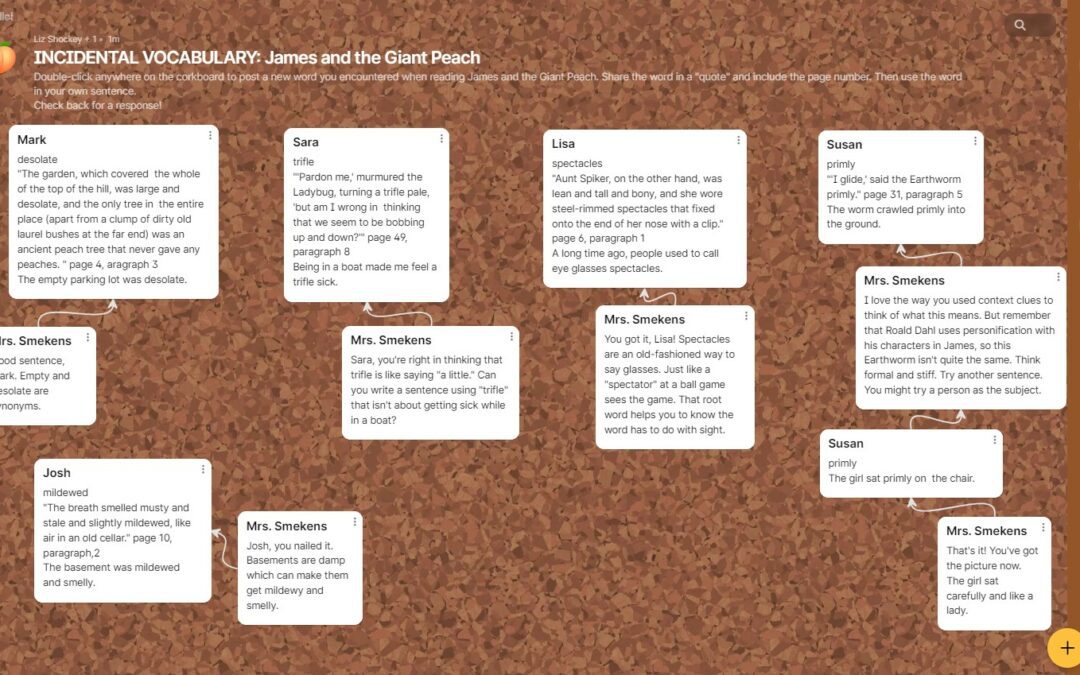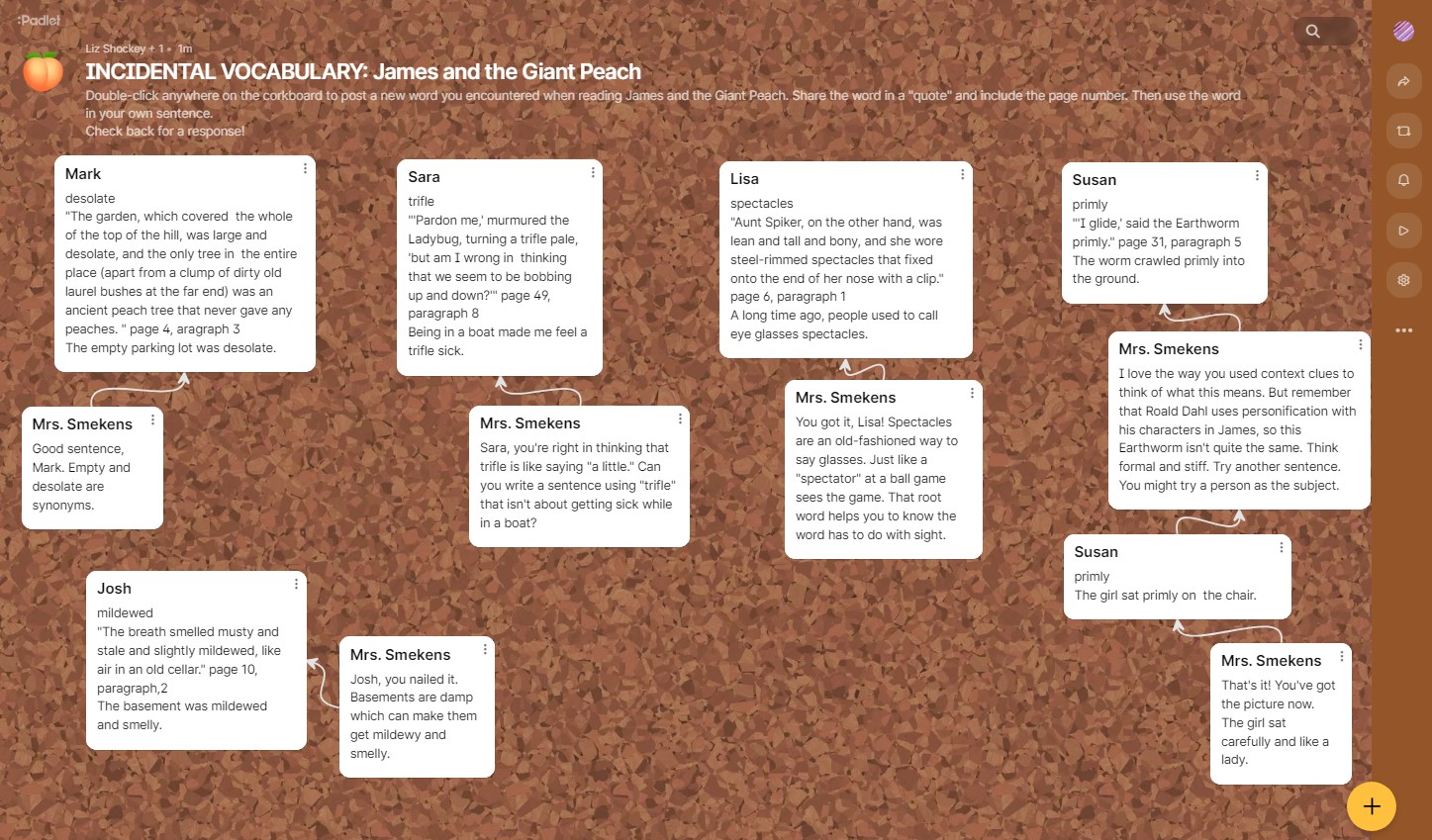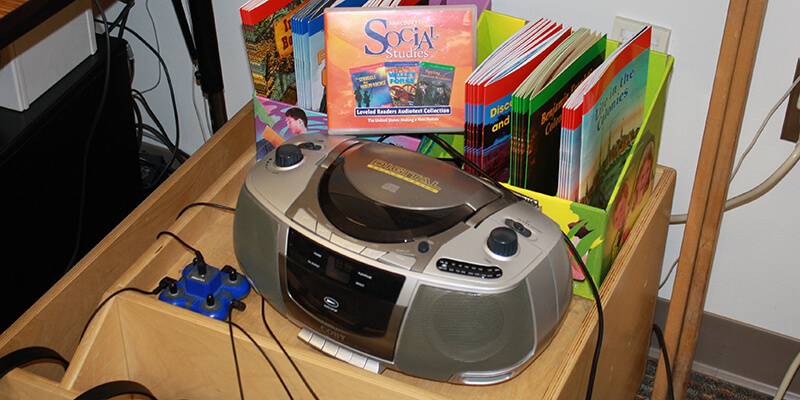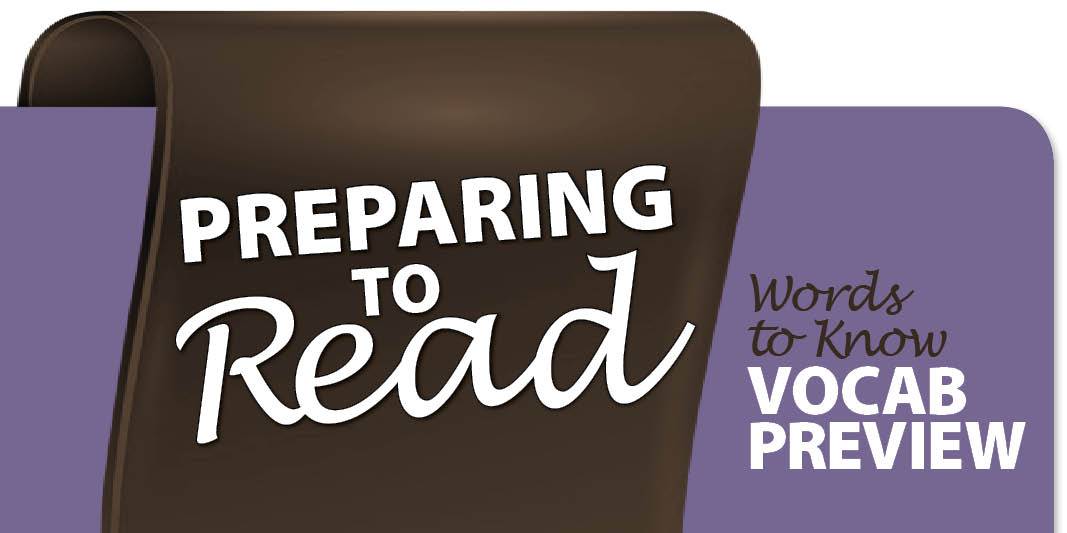Learning Center
reading
Build incidental vocabularies
February 13, 2013
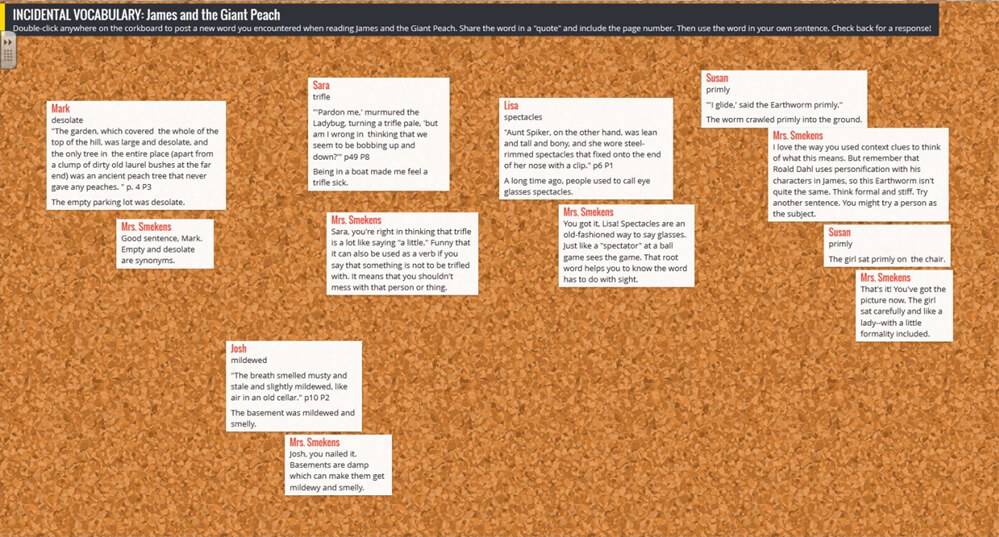
Focusing on core vocabulary is essential for student success. But the Common Core State Standards also outline expectations for addressing the unknown words students may “bump into” when reading (see CCR.L.4). I refer to this kind of vocabulary instruction as building students’ incidental vocabulary.
More than just memorizing definitions and writing sentences for a bunch of miscellaneous words, hone students’ skills for tackling the meanings of these words, and then challenge them to add them into their own working vocabulary. Here are some strategies to try:
Teach context clues.
First, train your students to determine a word’s meaning using context clues. Explain to students that there are typically helpful clues to a word’s meaning in the 1-2 sentences that surround it.
Improve inference skills.
Then, build your students’ inferring skills using Vocabulary Cartoon of the Day. Each cartoon includes an incidental vocabulary word whose meaning can be ascertained from context clues within the text or image. (There are 180 of these cartoons that would make for a simple bell work or morning work activity for each day of the year!)
Use WordMarks.
Pass out WordMarks to encourage students to note incidental words they came across while reading independently.
Celebrate vocabulary growth.
Display students’ growing vocabulary of incidental words by initiating a bulletin board.
Provide practice opportunities.
Not only do we want students to acquire new words, we want them to apply them as well. For an interactive online option, try padlet.com. Start a wall and invite students to post incidental words they find in their texts. Challenge them to use a word in one of their own sentences. Then, you can offer feedback to confirm or refine their understanding. Check out an example.
Readers frequently run across words they don’t know. We need to provide instructional strategies that teach students how to tackle these unknown words and add them into their incidental vocabularies.

